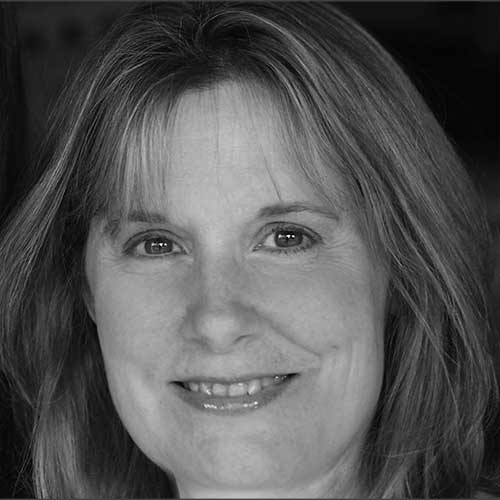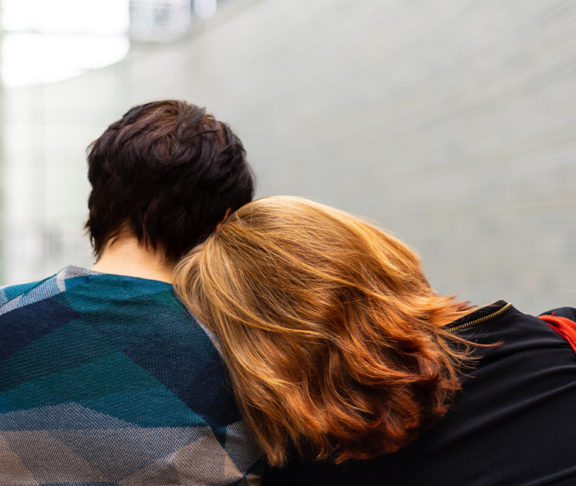A journalist and editor who has worked for The New York Times, Los Angeles Times, The Hollywood Reporter, Variety, Deadline, and more over a 30+ year career, Anita Busch’s life changed when her cousin was murdered in the Aurora, Colorado, movie theater shooting in 2012.
Following the tragedy, she started VictimsFirst to help other mass casualty victims and their families receive the support and resources they need in the wake of these traumatic events.

Anita Busch
Anita Busch, Award-Winning Journalist, Founder and President, VictimsFirst
“When there is a need, we find a way to fulfill it.”
What led you to start VictimsFirst?
We created VictimsFirst after mass shooting families were re-victimized in the aftermath of the Aurora theater shooting where my cousin, Micayla, was one of 12 people murdered. A nonprofit was collecting funds and the first $100,000 went to other nonprofits instead of the victims and survivors who needed it. And they were using our murdered loved ones’ faces to collect those donations.
I learned that similar things happened to previous mass shooting families. When the Sandy Hook school shooting happened, we worked behind the scenes to try to keep families and survivors from being similarly re-victimized.
VictimsFirst is the only nonprofit in the United States dedicated to helping victims of mass casualty crimes, with 100% of funds raised going directly to victims’ families and survivors of mass shootings.
What kinds of support did you seek out after losing loved ones in mass shootings?
We like to say “murdered, taken, or stolen from our families,” as an evil act steals an entire generation from us. It was pure chaos after the shooting, and there was little to no organization by anyone on the ground. Survivors needed help paying bills, understanding what resources were available, trauma specialists, accessibility needs, and someone — anyone — to monitor and track these nonprofits to find out where the donations meant for our families were going.
Were there any resources that didn’t really exist at that time that you would have liked to have utilized?
Yes, a nonprofit like VictimsFirst could have provided communities with a roadmap for how to organize, even speak with and proceed in the very best interests of the victims themselves in the immediate aftermath, while allowing dignity and privacy. We’ve assisted with everything from accessibility needs when coming home from the hospital, and changing flooring for walkers and wheelchairs, to paying medical bills, rent, utilities, mental health costs (even therapy dogs).
When my cousin was murdered, we had no help in controlling images of the deceased, dealing with the sudden barrage of media, understanding what resources were readily available, understanding the difference between psychologists and trauma specialists, and being protected from conspiracy theorists. Our families joined together to help future families and communities understand what our older generation had to learn the hard way.
To address all of these needs and more, VictimsFirst created a Best Practices document that assists communities and politicians in alleviating the chaos that follows a mass casualty event so that efforts are coordinated in the best interest of victims/survivors. Best Practices, entirely victim-centric and trauma-focused, is a live document and guide for communities to use in the immediate aftermath of a mass casualty crime.
What advice would you give to educators and parents in the coping and responsive stages of a shooting?
Everything you are feeling is a normal reaction to a highly abnormal situation. Know that over two decades of mass shooting families who comprise VictimsFirst are here to answer questions, and provide financial support and guidance forvictims/survivorsand communities. When there is a need, we find a way to fulfill it.

